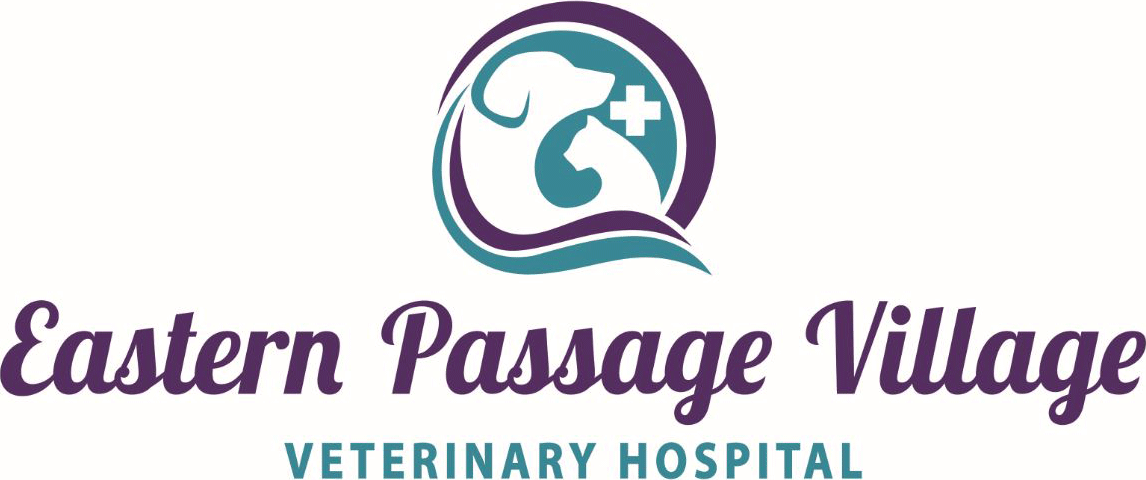Obesity is the most common health problem of pets. Approximately 45% of pets are considered overweight (15-30% over the ideal weight) or obese (30% over the ideal weight).
Overweight and obese animals have a number of health problems that can be directly linked to being overweight including
- Diabetes
- Arthritis – can actually cause arthritis, and make pre-existing arthritis worse
- Cardiovascular disease
- Respiratory difficulties
- Urinary tract disease
- Increases in certain types of cancer
The most common cause of obesity in our pets is overfeeding and a lack of exercise. There are medical conditions than can cause obesity including: hypothyroidism, Cushings disease and diabetes.
Body condition scoring system is the best indicator and is easily monitored. There a few different BCS systems in use, but if using the 5 point scale a BCS of 3 is considered ideal. If you are unsure of what your pet’s body condition score is, please ask your veterinarian or technician during your next visit to the clinic.
If your pet is obese, your first step should be to book an appointment with his/her veterinarian. During this visit there will be a full physical exam and the doctor will get a full medical history of your pet from you. Based on her findings during this time she may require further diagnostic tests be preformed to rule out any serious conditions that may be causing the obesity.
Once it is determined that you pet is healthy, i.e. does not have a medical reason for being overweight, we can safely start a weight loss program. There are a lot of factors involved in formulating and monitoring a weight loss program, and we are here to help you every step of the way. What you can expect is:
Step 1:
- We start by recording an accurate “start” weight, body condition score (BCS) and take “before” pictures and determine an approximate finish weight
- Together with your veterinarian we will choose an appropriate diet and carefully calculate daily requirements for your individual pet
- Set up an exercise routine that works for you and your pet
- Get all your family members on board with the program
Step 2:
- Begin feeding the recommended diet and amounts
- Remember if drastically modifying the amount feed, or if changing foods, to transition to the new diet over a 2 week period.
- Exercise daily!
- Weigh in weekly for the first 6-8 weeks
- Remember, there may be little to no weight loss during this time, but we need to ensure the weight isn’t coming off too fast because this can be very dangerous.
Step 3:
- Once the weight has started coming off, we continue to monitor every 1-2 weeks by checking weights and body condition scores . We want to ensure that the weight is coming off at a desired speed, not too fast, not too slow.
- Change feeding quantities as necessary to maintain optimum weight loss
- BE PATIENT! Remember that if a pug needs to lose 3lbs that is the same as a person losing 20 lbs. It’s not going to happen over night.
Step 4:
- Once your pet has reached his/her desired weight we may need to once again change the diet from a weight loss one, to a maintenance one.
- Continue to check weights and body condition scores on a regular basis
- Become an ambassador for pet weight loss success stores, share your story with anyone that will listen
- ENJOY YOUR HEALTHY PET FOR YEARS TO COME!
